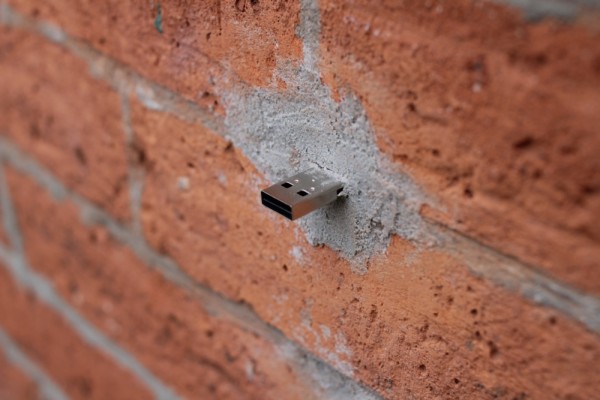While rooting your Android Phone or installing custom ROM on your mobile or partitioning your android device to install applications, requires some android terminal command and ADB (Android Debug Bridge) shell command knowledge. Below is the list of some basic android commands that are being used on Android platform frequently and that every android user must know.
android adb shell
Basic Android Terminal and ADB Shell Command List
1. How to open a cmd in Android Phone
Method 1: “Start” – “”Program”-” “Accessories” – “” Command Prompt ”
Method 2: “Start” – “” Run “, type cmd ENTER
2. How to restart Android Phone
When the phone and Computer is connected to the data cable, you can enter the following command
adb shell reboot === ENTER
3. Restart Android into Recovery Mode
With the data cable connected to your phone and computer, enter the following command
adb shell reboot recovery === ENTER
4. Convert back to ext2 partition
Restart the phone into Recovery mode, press “Alt + X” into the console. Open cmd and enter the following command
1 adb shell === ENTER
2 tune2fs-O ^ has_journal / dev/block/mmcblk0p2 === carriage return
3 e2fsck / dev/block/mmcblk0p2 === carriage return (optional, can be a problem area in section 2, when used)
5. Pulling applications from Android phone to computer
adb pull /system/sd/app app
adb pull /system/sd/app-private app-private
6. Pushing applications back to android phone from the computer
adb push app /system/sd/app
adb push app-private /system/sd/app-private
7. Delete existing apps on Android SD
adb shell rm -r /system/sd/app
adb shell rm -r /system/sd/app-private
8. Repair gravity System or switch to screen
Sometimes frequent brushing of phone can cause gravity system or switch to screen failure. Just follow the steps below-
Restart the phone into Recovery mode, press “Alt + X” into the console
Open cmd and enter the following command
mount / data === carriage return
rm / data / misc / akmd * / data / misc / rild * === ENTER
9. Ext2/ext3/ext4 formatted partition
Enter the following command in the cmd
adb remount === ENTER
adb shell === ENTER
rm-r / system / sd / * === carriage return
10. Remove/ system / app under the application
Under normal circumstances / system / app is not under an application. Use the following methods to remove these applications.
Open cmd and enter the following command
adb remount === ENTER
adb rm / system / app / Stocks.apk === Enter
11. If the start Time is too Long
Just enter the following command in order to view the boot process.
adb logcat === ENTER
12. Through Terminal Partition SD card
It will erase everything on your SD card
$ su
# cd /data
# wget http://64.105.21.209/bin/lib/droid/sdsplit
# chmod 555 sdsplit
# /data/sdsplit -fs *size* (add -nc to the end for JFv1.5ADP)
13. From the Recovery Screen, send an update file to your SD card.
adb shell mount /sdcard
adb shell rm /sdcard/update.zip
adb push *filename* /sdcard/update.zip
14. Restoring a nandroid backup via Fastboot
Start command-prompt/terminal cd to the nandroid folder and enter following commands
fastboot erase boot
fastboot erase recovery
fastboot flash system system.img
fastboot flash boot boot.img
fastboot flash userdata data.img
fastboot flash recovery recovery.img
fastboot reboot
15. Clear Search History in Android
Search History is accounted for Mobile Memory. It can also leak your privacy information as well. Just follow the steps below to clear android history.
Steps are as follows:
1. Make sure your mobile phone has Root authority.
2. Open the super-terminal.
3. Enter the following command
su
rm / data / data / com.android.vending / databases / suggestions.db
4. Exit Hyper Terminal and restart the phone.
Source : http://www.gadgetsdna.com/android-terminal-adb-shell-command-list/1168/



























